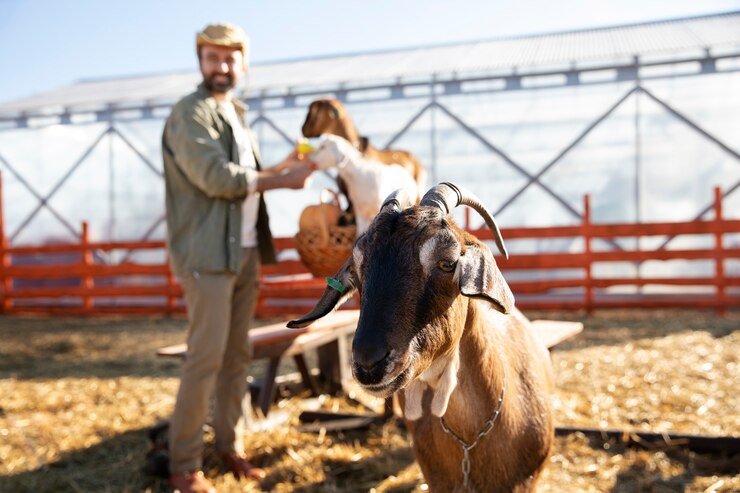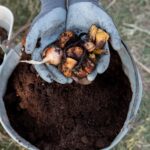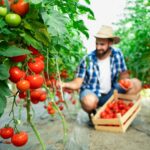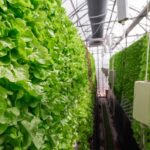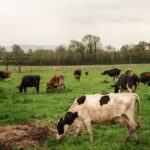Livestock handling plays a crucial role in ensuring the health, safety, and productivity of farm animals. Proper handling reduces stress, prevents injuries, and improves overall animal well-being. Farmers and livestock keepers must understand basic handling techniques and use appropriate equipment to create a safe and efficient environment for both animals and handlers.
Understanding Livestock Behavior
To handle livestock effectively, it is essential to understand their natural instincts. Most farm animals, including cattle, sheep, goats, and pigs, have a strong herd mentality and are naturally wary of humans. They rely on their senses, particularly sight and hearing, to detect threats. Sudden movements, loud noises, and unfamiliar objects can cause fear and unpredictable behavior.
Livestock also have a flight zone, which is the personal space they maintain for safety. When a person moves into this zone, the animal will instinctively move away. Learning how to control and manipulate this zone allows for smoother handling without causing stress or panic.
Essential Livestock Handling Techniques
- Move Calmly and Quietly – Avoid shouting or making sudden movements, as this can startle animals and lead to dangerous situations.
- Use Proper Positioning – Standing at an angle behind the animal’s shoulder encourages forward movement, while stepping in front of the shoulder can stop or turn them.
- Avoid Overcrowding – Giving animals enough space prevents panic and injuries. Overcrowded areas can cause trampling, aggression, or suffocation.
- Work with Natural Movement – Animals prefer to move in a circular path rather than straight lines. Designing handling areas that accommodate this instinct makes movement more efficient.
- Be Patient and Consistent – Rushing or forcing animals into an unfamiliar area increases stress and the risk of injury. Repeated exposure to a consistent routine helps livestock become more comfortable.
Essential Livestock Handling Equipment
Using the right equipment makes handling easier and safer. Some of the most important livestock handling tools include:
- Chutes and Alleyways – These structures guide animals in a controlled direction, making vaccinations, weighing, and other tasks easier.
- Gates and Panels – Movable gates help direct livestock and create secure holding areas. Sturdy panels prevent animals from escaping or injuring themselves.
- Headgates and Squeeze Chutes – These hold animals securely for medical treatment, hoof trimming, or tagging, reducing stress and ensuring safety.
- Sorting Pens and Corrals – Used for separating animals based on age, size, or health condition, these areas improve farm efficiency.
- Electric or Manual Prods – Used as a last resort, these tools provide gentle pressure to encourage movement. However, excessive use can cause distress.
- Weighing Scales – Monitoring animal weight helps track growth, detect health issues, and ensure proper nutrition.
The Importance of Safe Handling Practices
Safe handling benefits both livestock and handlers. Animals that are treated gently and with respect experience less stress, which leads to improved growth, reproduction, and meat quality. Stress-free livestock also have a stronger immune system, reducing disease risks.
For handlers, proper techniques and equipment reduce the chances of injuries caused by kicks, bites, or trampling. Training workers on safe handling methods, wearing protective gear, and maintaining well-designed handling facilities create a secure working environment.
Effective livestock handling requires a deep understanding of animal behavior, proper techniques, and the use of the right equipment. By prioritizing humane handling practices, farmers can ensure healthier animals, increase productivity, and improve overall farm operations. Investing in quality equipment and training also enhances safety for both livestock and workers, leading to a more sustainable and successful livestock business.
Join 'Farmers Mag' WhatsApp Channel
Get the latest Farming news and tips delivered straight to your WhatsApp
CLICK HERE TO JOIN
